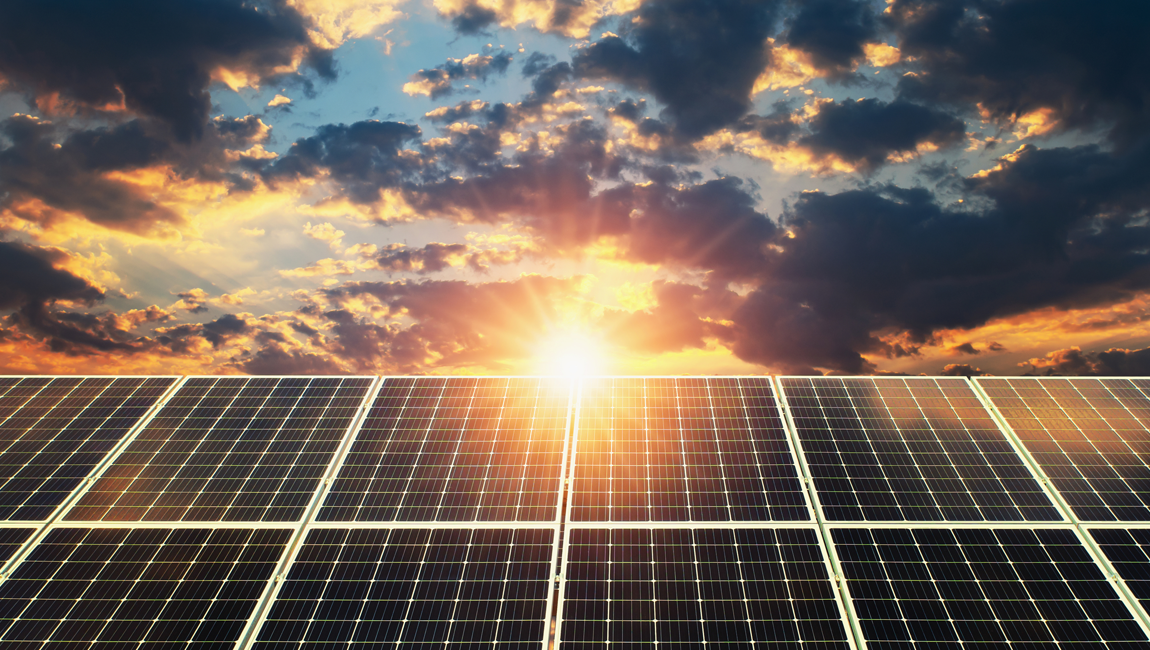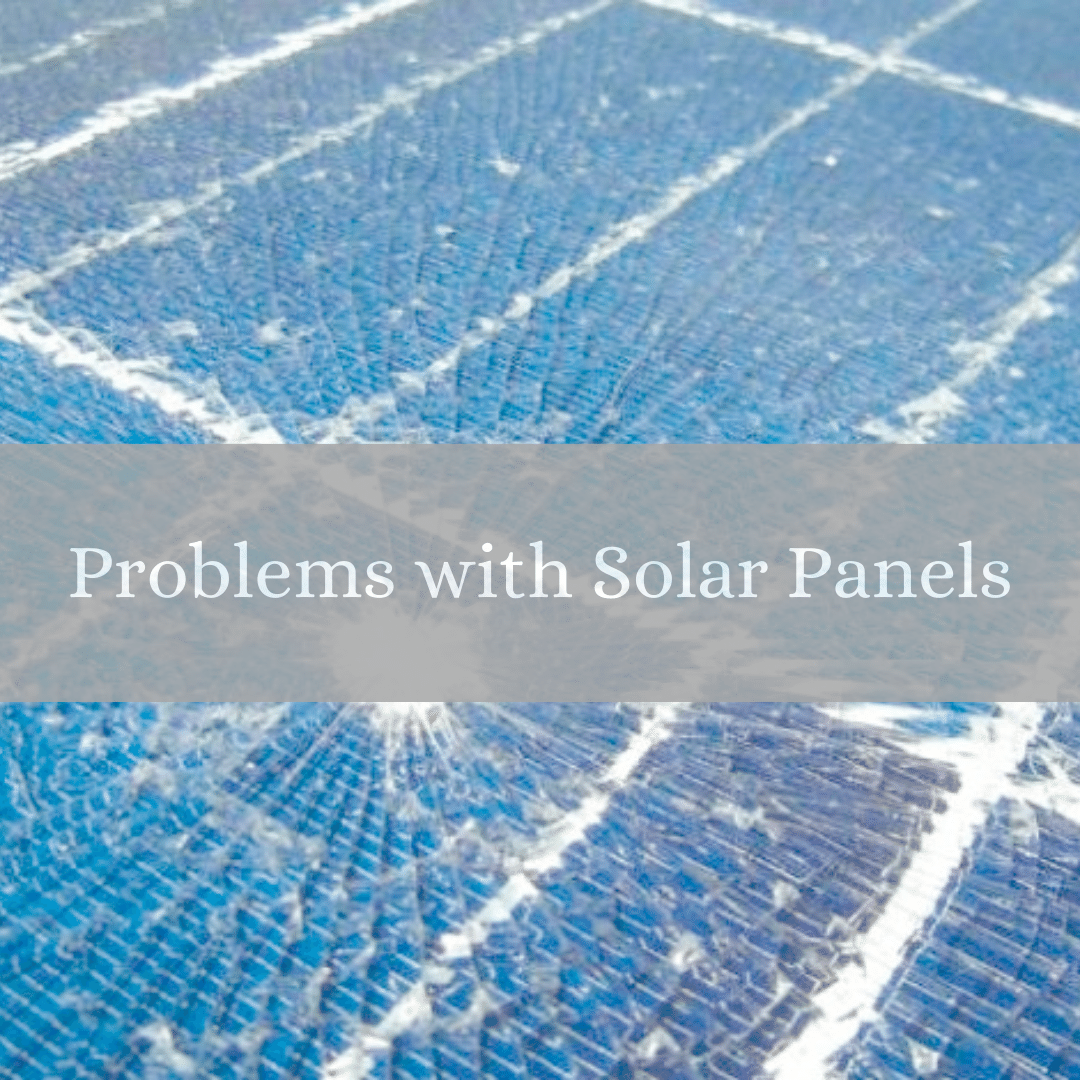Even if the installation of the photovoltaic system was carried out correctly, problems can often occur. Pay attention to any complications and act quickly so the situation does not worsen and the cost does not increase. Below, SolarLab lists the most common problems that can occur in photovoltaic systems and how to solve them:
1. Improper installation
Installer errors are the first most costly problem and the second most common. This only shows that most investors save money on contractors entirely unnecessarily. Some installers do not see a difficulty in walking on the panels. This is a huge mistake.
What’s that?
Common installation errors include:
1. Lack of care (panel fall, impact with a tool)
2. Improper transportation
3. Installation not in accordance with the instructions
4. Walking on the panels
5. Frame damage
6. Tightening the screws too tightly
7. Incorrect mounting system
8. Connecting original X plugs with Y replacements
9. Dangling, poorly routed cables and plugs
10. Scratch of the windshield
11. Installation in sharp shade without optimization
Please note that many of the points above also relate to improper installation.
How to prevent it?
Entrust the installation to a trusted contractor! Installation is a critical moment for PV panels, determining their further performance. Although their installation is not complicated, practice shows that many installers do not understand why care is necessary.
2. Broken glass
Windshield damage is relatively rare, but it causes high costs by reducing performance and opening the door to corrosion.
What’s that?
A cracked windshield is a severe failure that opens the door to corrosion of electrical cells and circuits, ultimately reducing performance and causing safety issues. The glass can break due to using the wrong clamps, over-tightening the screws, and generally not installed according to the instructions, but it can also be caused by hail or vandalism.
How to prevent it?
First, commission the installation to a good contractor who will install the panels as recommended by the instructions and employ reliable people to work. Secondly, when choosing photovoltaic panels, pay attention to their resistance to intense storms. Thirdly, extend your home insurance to include photovoltaic panels, and you will be protected against hail, vandalism, and similar problems.
3. PID
PID is a big problem for cheap photovoltaic panels, but it does not affect better-quality ones. Fortunately, independent tests indicate solar panels are least susceptible to PID.
What’s that?
The PID effect (Potential Induced Degradation, i.e. degradation caused by induced voltage) means that the current “leaks” into the grounded frame, which not only drives our current to go to the ground but also destroys the cells. It causes significant losses and can be a severe problem.
How to prevent it?
Simple: buy good quality and PID-tested panels.
4. Snail paths
Snail paths are rare in regular installations, but they are an absolute nightmare where careless installers install poor-quality photovoltaic panels.
What’s that?
The so-called snail trails result from micro-cracks and discoloration of the silver paste on the front of the busbars. The change in color in the busbars itself does not cause any harm, but if there are micro-cracks, the discoloration penetrates them, reducing efficiency. Research has shown this is related to the low quality of the EVA and back protective foil. This means that this phenomenon occurs when microcracks occur in lower-quality panels.
Microcracks occur during careless transport, assembly, and servicing. They may also appear in panels of lower quality due to the pressure of strong wind or rain. Another cause is an increase in temperature caused by a sharp shadow, although properly functioning shunt diodes “protect” the module from the shadow.
How to prevent it?
Slippery paths are a problem combining micro-cracks and poor-quality EVA foil and protective foil. Hire good professionals who handle the panels carefully and buy them from a reliable source. In addition, purchase panels with tested resistance to microcracks, and snails will not crawl through your installation.
5. Faulty foil
Manufacturing defects of the foil and accidents when installers tear it are sporadic, but they increase the degradation of the cells.
What’s that?
This mainly concerns mechanical damage to the foil and production errors. Mechanical damage may occur during transport or installation. Manufacturing defects arise well during production and primarily affect factories that are not fully automated. This is the domain of Tier-2 and Tier-3 photovoltaic panels.
How to prevent it?
You probably already understood the message, but I will repeat it – an installer who takes his job seriously is the basis for success. Moreover, when purchasing panels, pay attention to the parts, and length of the product warranty, which protects against the effects of manufacturing defects.
6. Delamination
Delamination is very rare but can significantly accelerate cell degradation. Fortunately, there are independent tests examining the panels’ resistance to delamination.
What’s that?
Photovoltaic panels consist of many interconnected layers. The detachment of these layers from each other is called delamination. It can occur between all the bonded layers, between the glass and the EVA, between the EVA and the cell, between the busbars and the EVA, and finally between the EVA and the back protective film. Peeling off of the protective film occurs most often. Any delamination causes a decrease in performance and, in addition, opens the way for moisture and corrosion.
How to prevent it?
Buy good quality solar panels, with the quality of connections between layers confirmed by tests.
Glass-glass panels do not have a foil on the back, only heavy glass, which makes them more susceptible to peeling. There are many documented cases of unglued glass-glass modules, but also issues of modules of this type that cope with it perfectly. It’s best to buy high-quality panels.
7. Hotspots
Hot spots are scarce but can cause severe losses and pose a fire risk. Fortunately, they can be avoided quite easily and can be easily detected. Hotspots burn through the back protective foil in several places, posing a fire hazard.
What’s that?
Hotspots are points with significantly increased resistance and, therefore, temperature. Sometimes, they may burn holes in the rear protective foil, crack the glass, or even cause a fire in the entire installation!
There are many reasons why some cells get unusually hot. Microcracks, partial shading, production errors, careless installation and storage – several factors simultaneously, and the hotspot is ready.
How to prevent it?
Although it’s hard to imagine, some contractors don’t see a problem with walking on solar panels. It’s a direct route to hotspots. Just don’t hire random people for installation and maintenance. Careful installation and service minimize the risk of hotspots.
Shunt diodes prevent hot spots due to shading. Still, LEDs are not designed with everyday operation in mind, so if you install modules with daily shade, invest in microinverters or optimizers.
With a thermal camera, everyone can easily find hotspots in their installation. You can also call a service center to do it as part of an inspection. Hotspots are the basis for replacing a given panel under warranty. When choosing solar panels, pay attention to the length of the product warranty, it is one of the most critical parameters.
8. Dirt
Every installation gets dirty over time, but not all installations get dirty to the same extent. Knowing local contaminants and closely monitoring performance helps determine the optimal cleaning schedule.
What’s that?
The primary pollutants of solar panels are:
Pollen
Smog
Bird guano
How quickly the panels become dirty depends on the location of the installation.
How to prevent it?
Dirty panels cannot be prevented, but the negative impact of dirt on yields can be reduced. It is recommended to clean photovoltaic panels at least twice a year, for example, in May and August.
By carefully observing daily yields, you can determine with greater certainty how dirty your panels are. It is worth hiring an appropriate cleaning service. However, read our guide if you are determined to clean photovoltaic panels.
9. Junction box overheating
Junction boxes rarely overheat, but this type of failure can cause a fire.
What’s that?
The panel connects to the rest of the installation through a junction box. It is as exposed to high temperatures as the panel, and the current generated by the module flows through it. Overheating the junction box may interrupt the connection or, worst case, fire.
How to prevent it?
This type of failure is outside the top 10 most common failures, so the risk of its occurrence is minimal. Don’t buy the cheapest, untested panels; everything should be OK.
10. Junction box failure
Shunt diodes are located in the junction box and perform an essential protective function. Their failure is hazardous.
What’s that?
Bypass diodes divide the solar panel into three parts and turn off those parts that perform significantly worse than the rest. This protects the entire module.
For example, if a bird poops on the module, high temperature is created in this place, which can lead to microcracks and further problems. However, the shunt diode disconnects the part of the module where this problem occurs, then rain comes and clears the problem.
Shunt diodes protect the module from the shadow, but a shadow is also their greatest threat. It’s all a matter of frequency. The diodes can cope with the occasional shadow cast by leaves, bird dirt, etc., but if, due to incorrect installation, a sharp shadow falls on the module every day, that is, every day there is a situation in which part of the module is in full sun and part in the shade, then such a shunt diode sooner or later it will break down. What will happen then? Two scenarios are possible.
A broken shunt diode will either permanently disconnect 1/3 of the module, or will not detach it when needed – and from there, it is a straight path to microcracks, from microcracks to hotspots, from hotspots to burnt foil, from burnt foil, in some conditions, to short circuits arc to the frame, which creates a safety hazard.
How to prevent it?
Without a shadow of a doubt, this type of failure is outside the top 10 most common failures, so the risk of its occurrence is minimal. Don’t buy the cheapest, questionable panels; everything should be OK.
If installed in a regularly shaded place, invest in microinverters or optimizers, or better yet, think of another location.

